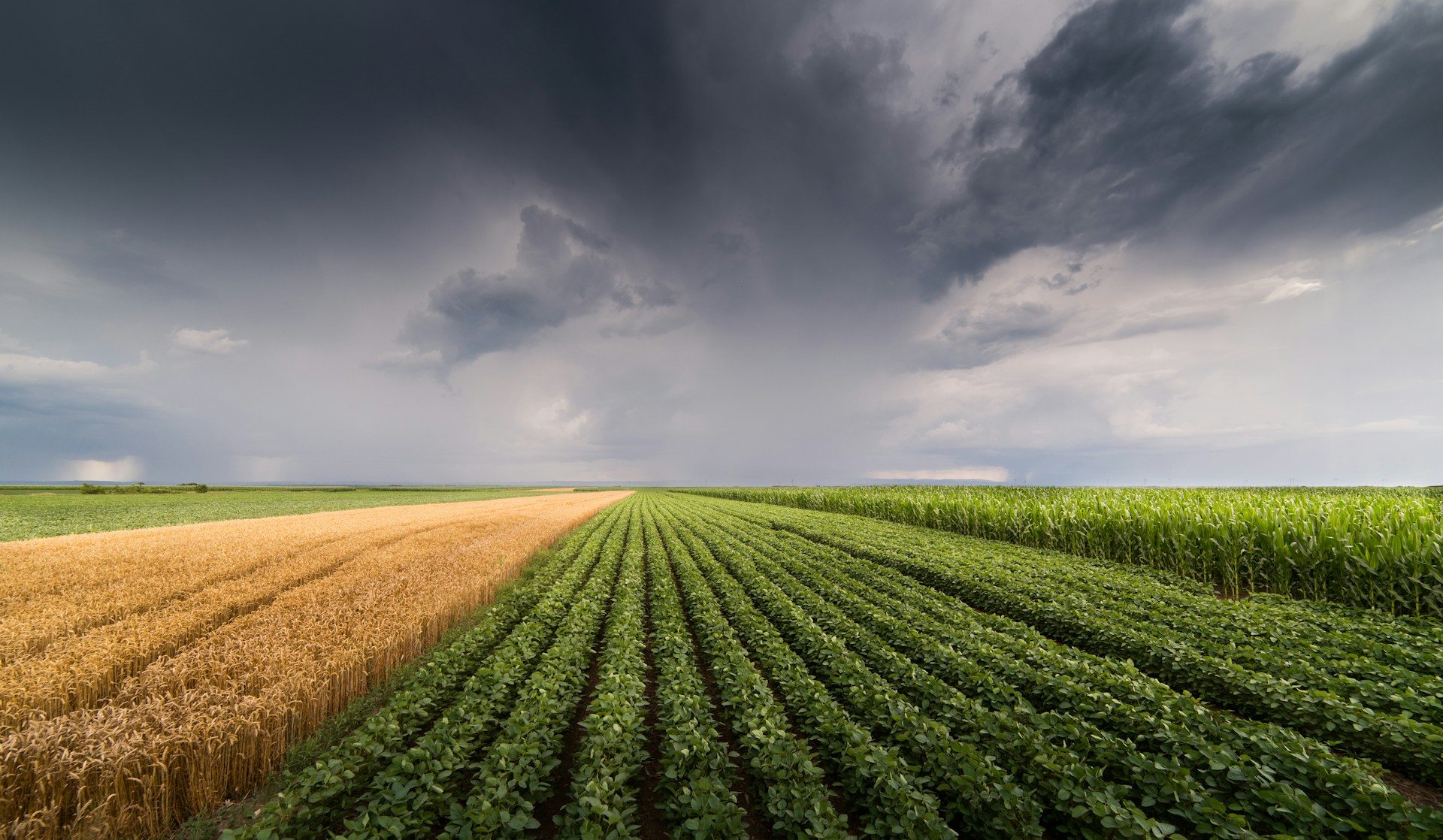Preparedness
Master The Wild: Choose Your Perfect Survival Knife Now

In the vast realm of survival gear, few tools are as indispensable as a good survival knife. It’s the cornerstone of any survival kit, a versatile instrument that can mean the difference between life and death in extreme situations. But with so many options available, how do you choose the right blade for your needs? This guide will walk you through the key considerations in selecting a survival knife that you can rely on when the going gets tough.
First, consider the blade material. Most survival knives are made from either stainless steel or carbon steel. Stainless steel is resistant to rust and corrosion, making it ideal for humid or wet environments. However, it can be harder to sharpen and may not hold its edge as well as carbon steel. Carbon steel, on the other hand, is easier to sharpen and typically holds a sharper edge, but it requires regular maintenance to prevent rust. Your choice should depend on the environment you anticipate being in and your willingness to maintain the blade.
Next, think about the blade design. A full-tang knife, where the blade extends through the handle, offers superior strength and durability compared to partial-tang or rat-tail tang designs. This is crucial when performing tasks that require significant force, such as chopping or prying. The blade shape is also important; a drop-point blade is versatile, suitable for a variety of tasks, from cutting rope to skinning game. A tanto blade, with its reinforced tip, is excellent for piercing and prying but may not be as effective for slicing.
The size of the knife is another important factor. While a larger blade might seem more formidable, it can be cumbersome and difficult to control for detailed tasks. A blade length of 4 to 6 inches is generally considered ideal for a survival knife, offering a balance between functionality and portability. This size allows for effective cutting, carving, and even self-defense while remaining manageable for most users.
Handle material and ergonomics should not be overlooked. A comfortable, non-slip grip is essential for prolonged use, especially in wet or cold conditions. Materials like rubber, micarta, or G-10 provide excellent grip and durability. Ensure the handle fits your hand well and doesn’t cause fatigue or blisters during extended use. A good survival knife should feel like an extension of your hand.
Consider additional features that may enhance the knife’s utility. A serrated edge can be useful for cutting through tough materials like rope or fabric, though it can make the knife harder to sharpen. A built-in fire starter or a sheath with a sharpening stone can add value, but only if they don’t compromise the knife’s primary functions.
Lastly, test the knife if possible. A survival knife is a personal tool, and what works for one person may not work for another. Handling the knife, feeling its balance, and testing its cutting ability can provide insights that specifications alone cannot.
Choosing the right survival knife involves balancing personal preferences with practical needs. By considering factors such as material, design, size, and additional features, you can select a blade that will serve you well in the wild. Remember, your survival knife is more than just a tool; it’s a lifeline, a companion that should be chosen with care and respect for the challenges of the great outdoors.

Preparedness
Master Night Navigation with These North Star Secrets

Navigating at night doesn’t require the skills of a seasoned outdoorsman; it can be as straightforward as locating the North Star, a steadfast guide for travelers. Positioned consistently in the sky, the North Star is a more reliable navigator than any compass. Here are some of the best techniques to find it.
Contrary to popular belief, the North Star isn’t a single star. It’s a stellar system comprising three stars orbiting a central mass. The largest, Polaris A, is a massive yellow giant, three to seven times larger than our sun.
Polaris is also incredibly bright, boasting a luminosity over 2,500 times that of our sun. Situated three to four hundred light years away, it remains relatively easy to spot.
For outdoor enthusiasts, the key fact about the North Star is its position near Earth’s north celestial pole, appearing almost directly overhead. This means it moves very little, as the rest of the sky rotates around it. Facing the North Star with arms outstretched, your right hand points due east, and your left due west.
Finding the North Star is straightforward once you know what to look for, but there are common misconceptions. It’s not the brightest star in the sky; that title belongs to Sirius A, or the “Dog Star.” Many novice navigators have mistakenly followed Sirius, believing it to be Polaris.
Another frequent error is confusing star patterns when seeking the North Star. Polaris is at the tip of the Little Dipper’s handle, but the Big and Little Dippers are often mixed up.
To avoid this, locate the Big Dipper first. It’s one of the most recognizable star patterns, visible every night in the Northern Hemisphere. Larger and brighter than the Little Dipper, it usually catches the eye first.
Remember the phrase “spring up, fall down.” In the spring and summer, the Big Dipper is high in the sky, while in fall and winter, it sits lower on the horizon.
Once you’ve spotted the Big Dipper, finding the Little Dipper is simple. The two outermost stars of the Big Dipper point toward the Little Dipper’s handle tip.
If the Big Dipper is elusive, try locating the Cassiopeia constellation. It’s clearest from September to November and can guide you to the Big Dipper.
Cassiopeia appears as five stars forming a “W” in the northern sky. If not visible as a “W,” look for an “M” instead, as Cassiopeia can appear on its side or upside down.
Treat the three stars forming the midpoint of the “W” or “M” as an arrow’s tip, then follow it to a bright star, which should be Polaris. To confirm, try identifying the other stars in the Little Dipper.
Another method involves observing the night sky patiently. Watch for the star that remains stationary while others move around it; that’s the North Star.
Finally, consider color. The North Star has a yellowish tint, being a Yellow Giant. It resides in a darker region of the Milky Way, where fewer stars are present, making the surrounding area relatively dark.
We hope these tips assist you in your nocturnal navigation. Share your experiences and methods for finding the North Star in the comments below!
Let us know what you think, please share your thoughts in the comments below.
Preparedness
Unlock Homesteading Secrets: Navigate Legal Hurdles for Self-Sufficiency

Homesteading has captured the imagination of many Americans eager to embrace a more self-sufficient lifestyle. However, the dream of living off the land is heavily influenced by the homesteading laws and restrictions in your area.
While every state in the U.S. permits homesteading, the degree of friendliness towards homesteaders varies significantly. However, it’s crucial to remember that state approval doesn’t necessarily equate to local acceptance.
For instance, in New York, homesteading is restricted to specific boroughs, and many Homeowners Associations (HOAs) impose limitations on keeping small livestock. Hence, it’s vital to thoroughly research local homesteading laws to understand what is feasible for your homestead.
The concept of homesteading is deeply rooted in American history. “The 1862 Homestead Act accelerated settlement of U.S. western territory by allowing any American, including freed slaves, to put in a claim for up to 160 free acres of federal land,” according to The History Channel. This act required settlers to reside on the land for five years, build a home, and cultivate the land.
Although the Homestead Act was repealed in 1976, homesteading continues under new laws that safeguard the rights of modern-day homesteaders. Today, homesteading encompasses self-sufficiency practices, from growing food to sustainable living, whether in rural expanses or urban rooftops.
The type of homestead you establish largely depends on the “laws of the land.” Many states offer homestead rights through a Declaration of Homestead. As Mother Earth News notes, “A Declaration of Homestead is a simple legal document which can help to protect your house and property in times of economic hardship.” These statutes aim to preserve family homes from creditors during financial difficulties.
The extent of these protections varies by state. For example, Indiana allows individuals to claim up to $10,000 of their property as a homestead, with no maximum size restriction, offering considerable protection from creditors.
Local regulations also play a crucial role. Deed restrictions may limit what you can do with your property, such as prohibiting fences for livestock. Zoning regulations might restrict selling homemade goods, and building codes could dictate the materials and structures you can use.
Access rights, like easements for utility workers, must also be considered. These rights may prevent you from constructing anything that obstructs access to essential services.
Raising livestock is a common aspect of homesteading, but it comes with its own set of legal challenges. Regulations can vary widely, with some areas allowing chickens while others may have ordinances against them. Additionally, licensing may be required for certain activities, like stocking a pond with specific fish species.
Selling homemade products is another area subject to regulation. “New cottage food laws allow the sale of items made within home kitchens, but details vary by state,” according to Countryside. These laws often restrict certain foods to ensure consumer safety.
Wildlife protection laws can also impact homesteaders, as animals like deer and raccoons may pose challenges. Furthermore, some localities have laws prohibiting edible gardens in front yards, so it’s essential to verify these regulations before planting.
Beekeeping and rainwater harvesting are popular homesteading activities, but both are subject to strict regulations. Local laws may limit the number of beehives you can keep, and while rainwater harvesting is encouraged in Texas with tax incentives, it remains illegal in Colorado.
In summary, while the allure of homesteading is strong, it’s imperative to navigate the complex web of laws and restrictions that govern this lifestyle. Thorough research and understanding of local regulations are essential steps for any aspiring homesteader.
Let us know what you think, please share your thoughts in the comments below.
Preparedness
Shield Your Crops from Heavy Rains with These Tactics

As spring and summer approach, so do the heavy rains that can threaten the crops we depend on. These downpours can result in waterlogging, soil erosion, and plant diseases, making it crucial to employ strategies for safeguarding crops from such weather.
The key to ensuring crop survival and productivity lies in effective protection methods.
One of the most fundamental steps in crop protection is establishing a proper drainage system. Without it, even the most well-covered crops can suffer. “You can cover and protect your crops as much as you’d like, but if you don’t have adequate drainage, you may do a lot of work for nothing.”
A well-maintained drainage system ensures that water flows freely and helps prevent soil erosion. Simple measures, like digging canals or channels, can direct excess water away from your garden.
For those in regions prone to heavy rainfall, installing an underground drainage system can be beneficial. This setup helps remove excess water from the soil, preventing waterlogging and its detrimental effects on plant roots.
The condition of the soil is another critical aspect to consider. Waterlogged soil can reduce oxygen levels, leading to root rot and stunted growth. Preparing fields before planting to ensure proper drainage and aeration can make a significant difference.
Mulching is another effective method to combat heavy rains. By covering the soil, mulch reduces erosion and prevents rainwater from washing away valuable soil particles.
In addition to drainage and soil preparation, rain covers offer a direct way to shield crops from excessive water. These covers should be durable and tear-resistant to withstand both heavy rain and wind.
Row covers, made from materials like polypropylene or polyethylene, are lightweight and breathable. They allow water and air to pass through while keeping insects and pests at bay. Row covers are particularly useful for protecting delicate crops like lettuce and spinach.
Moreover, row covers can safeguard young seedlings from harsh weather conditions. They are easy to install and can be removed once the weather improves.
Tarps provide another layer of protection for gardens. Constructed from durable materials such as canvas or vinyl, tarps create a temporary shelter against rain and wind. To prevent them from blowing away during storms, it’s essential to anchor tarps securely with stakes or weights.
Plastic sheeting is a cost-effective solution for crop protection. It can serve as a temporary greenhouse or cover for garden beds. When using plastic sheeting, ensure it’s securely anchored and ventilated to prevent moisture buildup.
Be cautious not to use overly thick plastic, as it can trap heat, causing plants to overheat and dry out. Proper ventilation is key to maintaining a healthy environment for your crops.
By implementing these strategies, homesteaders can effectively protect their crops from the challenges posed by heavy rains, ensuring a bountiful harvest.
Let us know what you think, please share your thoughts in the comments below.
-

 Tactical1 year ago
Tactical1 year ago70-Year-Old Fends Off Intruder with Lead-Powered Message
-

 Tactical1 year ago
Tactical1 year agoVape Shop Employee Confronts Armed Crooks, Sends Them Running
-

 Preparedness12 months ago
Preparedness12 months agoEx-Ballerina’s Guilty Verdict Sends Tremors Through Gun-Owner Community
-

 Preparedness10 months ago
Preparedness10 months agoGood Samaritan Saves Trooper in Harrowing Interstate Confrontation
-

 Tactical1 year ago
Tactical1 year agoMidnight SUV Theft Interrupted by Armed Homeowner’s Retaliation
-

 Survival Stories2 years ago
Survival Stories2 years agoEmily’s 30-Day Experience of Being Stranded on a Desert Island
-

 Preparedness10 months ago
Preparedness10 months agoArizona Engineer’s Headless Body Found in Desert: Friend Charged
-

 Preparedness10 months ago
Preparedness10 months agoBoy Saves Dad from Bear Attack with One Perfect Shot